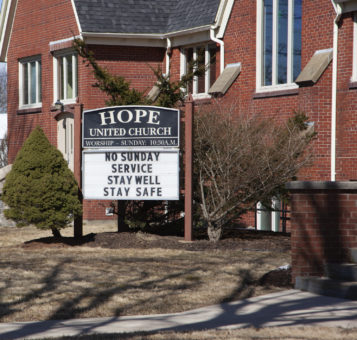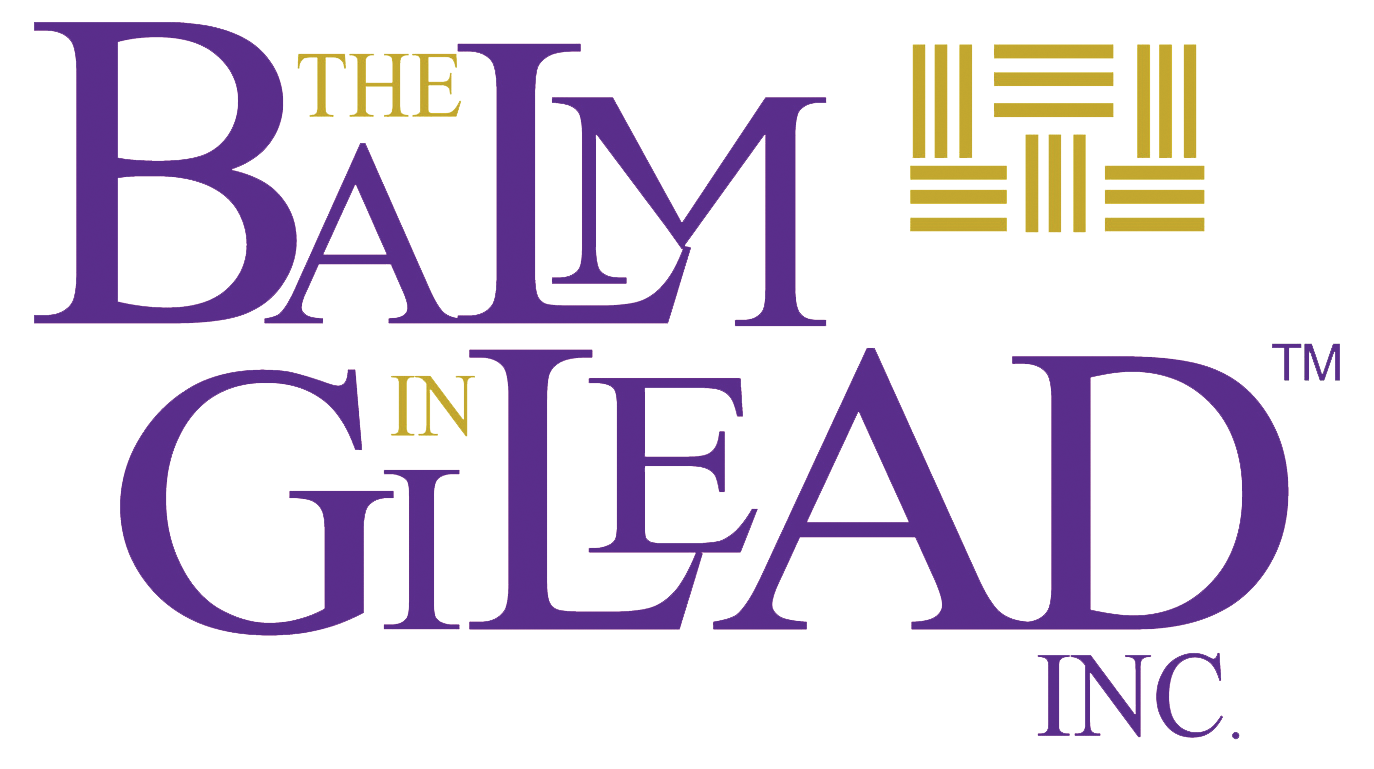Continuing to Worship During COVID-19 Pandemic

For approximately 14 weeks, our country has been researching, observing, studying, and determining the best ways to reopen and keep citizens safe as COVID-19 remains a threat to us all. As many churches are considering opening their doors, there have been some houses of worship that have already begun welcoming congregants back into edifices for worship services. Their decisions have been aligned with the recommendations of governors across the United States who are implementing different reopening phases per state. Some states are in Phase 3 of reopening, which will allow for more social gatherings.
There are several essential guidelines that pastors and religious leaders need to consider to determine if their churches are ready to reopen and manage the crowds that may enter their places of worship. The Centers for Disease Control and Prevention have outlined ways faith communities can develop, implement, and maintain (with constant likely revisions) a plan for reopening their places of worship. There are cleansers and processes that they recommend to ensure proper routine cleaning and disinfecting, maintaining safe practices, and reducing potential exposure to the coronavirus. Social distancing continues to be necessary while keeping six-feet of distance from persons not in your immediate household.
The spiritual well-being of those who seek guidance is the primary focus of faith leaders, and the safety and physical well-being of those people are also an element of spiritual care. When deciding on when and how to reopen churches is recommended by demonstrating the act of loving one’s neighbor as oneself. Churches should be mindful of the status of COVID-19 related illnesses in your community, remain informed of the local government’s recommended guidelines and implementation of those guidelines, surveying your congregants and their concerns, and making decisions relying on wisdom and guidance.
Here are 10 essential guidelines to consider for church reopening.
- Stay Informed. Stay updated about COVID-19 from local and state authorities, and don’t forget to adhere to safety guidelines recommended for your specific area.
- Enforce the Use of Masks. Ensure that all church leaders and members of the congregation are wearing masks in the presence of others. Try to enforce this rule to all except those with breathing problems and small children.
- Limit Capacity. Consider having a limited capacity of congregation members to ensure that there is enough space to provide safe distancing during church services. One way to limit church capacity is to provide virtual service as an alternative to in-person services.
- Promote Social Distancing. Make sure that there is enough space within the congregation to properly distance members from one another. Consider providing physical guidelines, so that it is easier for members to know where they should sit and stand.
- Be Aware. Church member leaders that are sick or have come in contact with anyone with COVID-19 should stay at home and quarantine for two weeks.
- Encourage Proper Hand Hygiene. All members and staff should maintain proper hand hygiene by washing hands and using sanitizers when possible. Be sure to provide sanitizing stations and antibacterial soap as a preventative measure.
- Sanitize and Disinfect. Before church services, sanitize the whole area, especially areas that are frequented most by church members. After services, make sure to disinfect all bibles and materials used during service to discontinue the spread of germs.
- Educate the Masses. Provide educational posters, bulletins, and flyers, so that the congregation can stay informed about what the church is doing to prevent COVID-19 and how they can help with preventative measures.
- Handling COVID-19 Cases. If a person is diagnosed with COVID-19 and has been within your church’s presence, consider closing immediately and sanitizing the area and building where the individual was present before you resume activities or service.
- Train all Clergy and Staff. Consider conducting training virtually, or if in-person on the above safety measures and guidelines.
